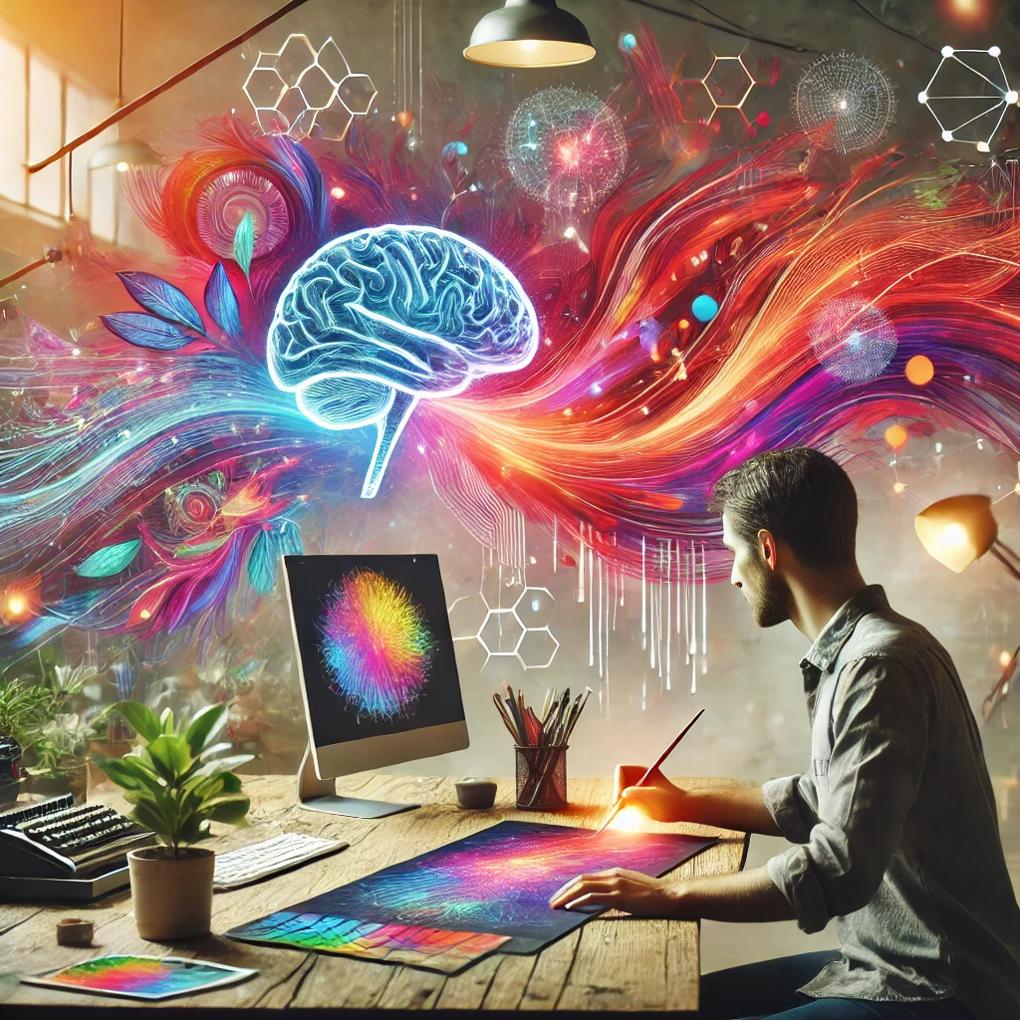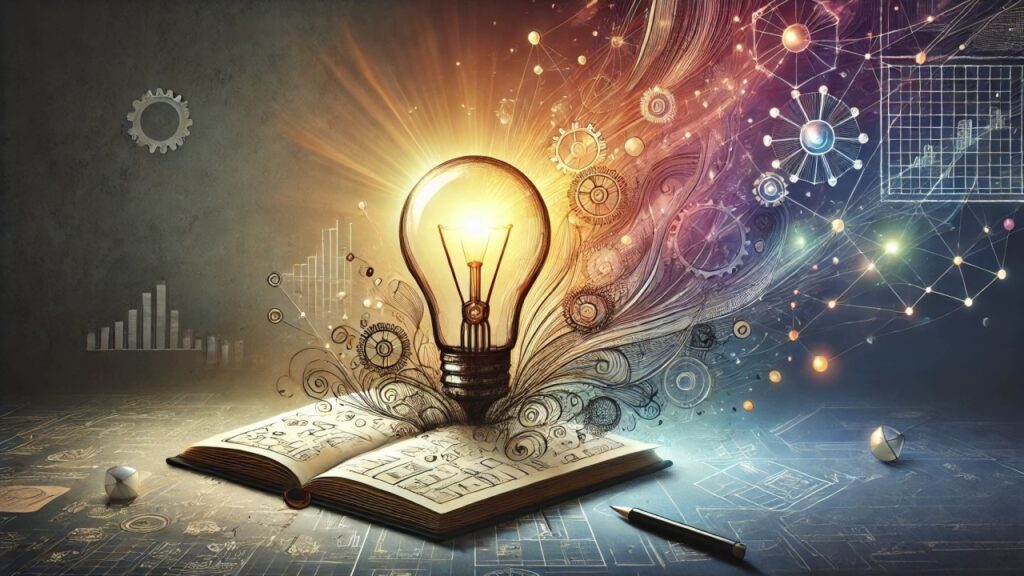Introduction
In today’s fast-evolving digital landscape, artificial intelligence (AI) is reshaping the way graphic designers work, think, and innovate. From increasing workflow efficiency to enabling new forms of visual expression, AI is not just a tool—it’s a creative partner. But how does AI affect graphic design in real terms? Let’s dive into the profound changes this technology is bringing to the industry.
AI in Graphic Design: More Than Just Automation
AI’s role in design has moved far beyond simple automation. What began as time-saving software features has grown into a suite of intelligent tools capable of assisting with layout design, generating custom illustrations, and even offering real-time design recommendations.
These AI-powered platforms can:
Suggest design elements based on user input
Learn and adapt to a designer’s style
Support complex visual problem-solving
Rather than replacing human designers, AI is now seen as a collaborative force—freeing creatives from repetitive tasks and giving them space to focus on innovation.
Enhancing Creativity with Machine Learning
Machine learning, a core subset of AI, analyzes large datasets to uncover design patterns and consumer preferences. Graphic designers benefit from:
- Tailored suggestions based on past work
- Insights into emerging trends
- Tools like Adobe Sensei that optimize design decisions
This data-driven creativity allows designers to strike a balance between personal style and market relevance, pushing the boundaries of what they can achieve.
Boosting Efficiency with Smarter Workflows
One of the most immediate answers to how AI is affecting graphic design lies in the dramatic boost in productivity. AI simplifies tasks such as:
- Auto-formatting visuals for multiple platforms
- Smart resizing and background removal
- Real-time versioning and brand consistency
Tools like Canvas Magic Resize and Figma’s AI-powered plugins make it easier than ever to deliver fast, high-quality work. It enables design teams to meet tight deadlines while ensuring visual consistency across different channels.
Generative Design: A New Era of Visual Exploration
Generative AI is redefining how visuals are created. With tools like DALL·E and Midjourney, designers can:
- Generate original images from text prompts
- Rapidly prototype concepts
- Explore abstract ideas without manual sketching
It opens new creative directions, particularly for campaigns, branding, and digital storytelling. Designers are now co-creating with machines, blending vision and technology into compelling visuals.
Personalization and Real-Time Adaptation
AI also enables hyper-personalized design strategies, especially in digital marketing.
Brands use AI to:
- Tailor visuals to audience segments
- Adjust imagery based on user behavior
- Optimize ad creatives for better engagement
For designers, this means crafting visual content that evolves in real time—meeting audience needs with precision and relevance.
Ethical Considerations and the Role of Human Intuition
As AI-generated content becomes more prevalent, it raises essential questions:
- Who owns AI-created designs?
- How do designers maintain originality?
- Where is the line between inspiration and imitation?
Human designers bring cultural awareness, emotional intelligence, and ethical discernment—qualities AI still lacks. The future will demand thoughtful integration, where AI supports creativity rather than overrides it.
The Future: Collaboration Over Competition
Looking ahead, AI will continue to transform graphic design by:
- Predicting design trends through analytics
- Enabling voice or gesture-based design tools
- Assisting with fully automated campaign creation
Yet, the creative industry’s heart will remain human. The best outcomes will come from a symbiotic relationship—where AI enhances but never replaces, human talent.
Conclusion
So, how is AI affecting graphic design? It’s making design more efficient, more personalized, and more creatively adventurous. For graphic designers, the message is clear: embrace AI not as a threat but as a powerful ally in crafting meaningful, future-ready visual experiences.
As we move forward, the blend of artificial intelligence and human artistry promises a design future that is bold, brilliant, and deeply collaborative.

